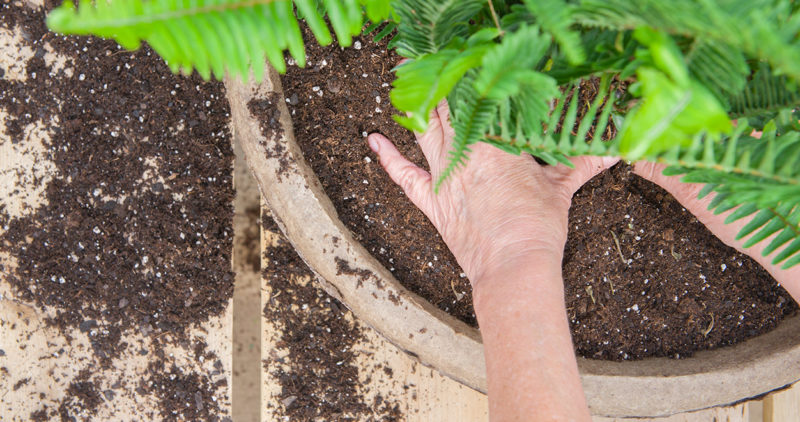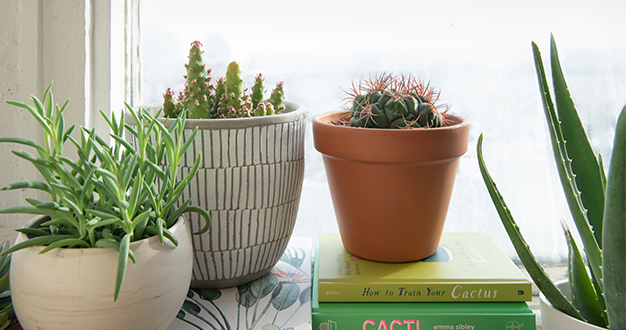
It’s cold now, but spring is on its way, and these long winter days are a perfect time to get you and your garden ready for the spring rush. Not sure where to start? Here are seven actionable steps you can take right now to prepare for a productive and beautiful growing season.

Start a Garden Journal
Right now, your outdoor space is a blank canvas to cast your plans for spring, and as you start gathering ideas, a garden journal can be an invaluable resource. Whether it’s a simple notebook, a multi-page binder, or a digital file, your journal can be the place to keep your plans, inspirations, and resources together in one easy-to-find spot. Use it to make lists of supplies you need to pick up, schedules for projects you’d like to complete, or vegetables you’d like to try. You can even add notes later about what worked well and what didn’t – a great resource to return to next year.

Create Your Wish List
Now, with your garden journal in hand, start brainstorming about what you hope to get out of your home harvest this year. You might ask yourself what are the most popular vegetables in your household. Or maybe you have a few particular favorites that you can’t always find at the grocery store.
Once you have an idea of what you’d like to plant, you can start thinking about how many plants you’ll need. Consider how much time you’d like to devote to your garden and how much you’d like to harvest. Do you plan to consume everything fresh or would you like enough to can or freeze some too? Do you want extras to trade with neighbors or donate to the community? If you’re new to gardening, feel free to start small – you can always expand your garden after getting a better sense of what works well for you.
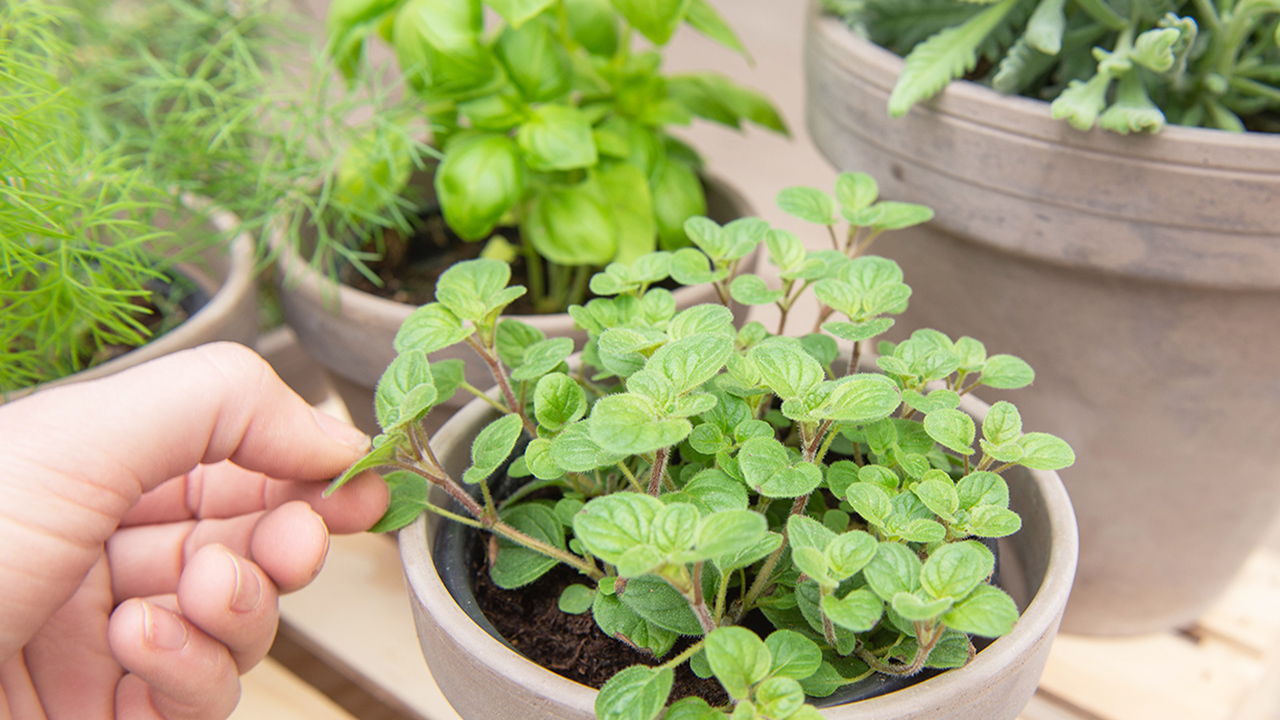
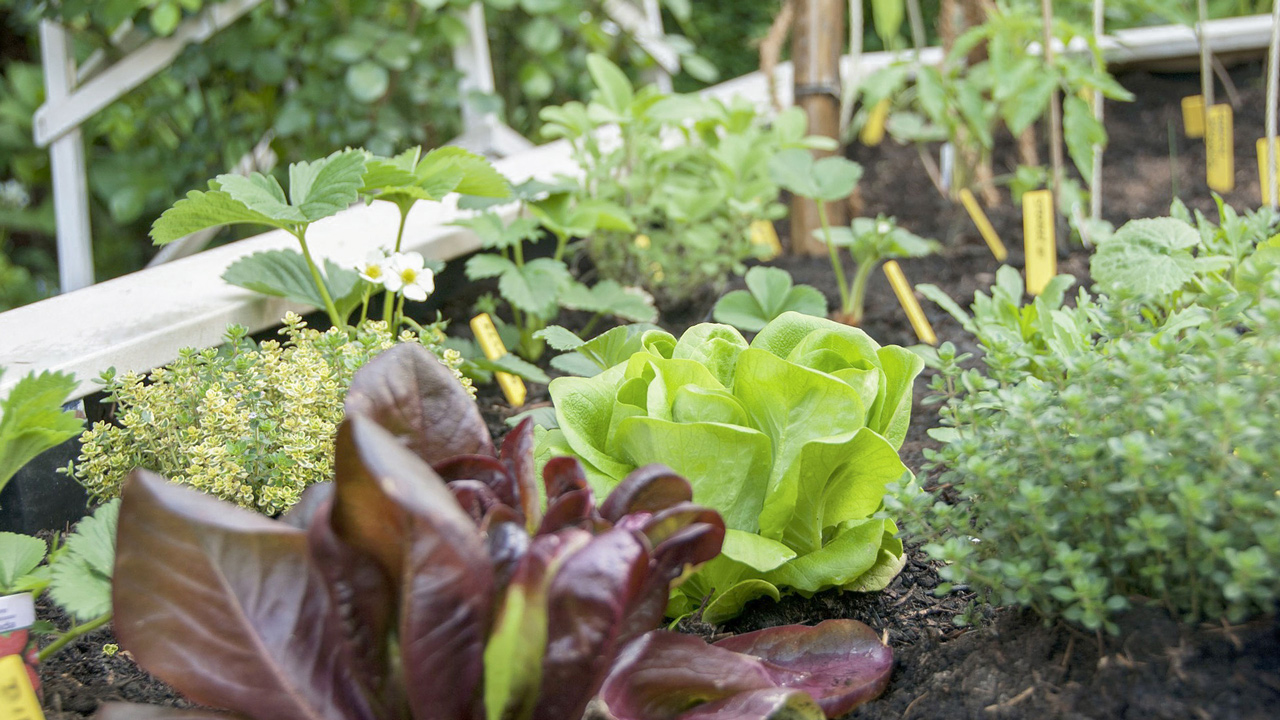
Evaluate Your Space
Next, you’ll want to think about where your garden will live and what type of garden to grow – whether it’s a container garden, raised bed, or an in-ground garden. The most important thing is to find a space with plenty of direct sunshine. For urban gardens, that kind of space may be limited, but a careful survey now will guide you toward the best placement. Just keep in mind that the angle of the sun will be a lot higher in the sky come summer – a factor that might work for or against your garden, depending on the surrounding structures and tree canopy.
For a raised bed or in-ground garden, start by measuring the space and sketching out a map in your journal. From there, you can take your wish list and begin planning where each of the plants will go and how they’ll be spaced. At this point, you can decide whether you have room to fit more, or you might need to amend the list again.
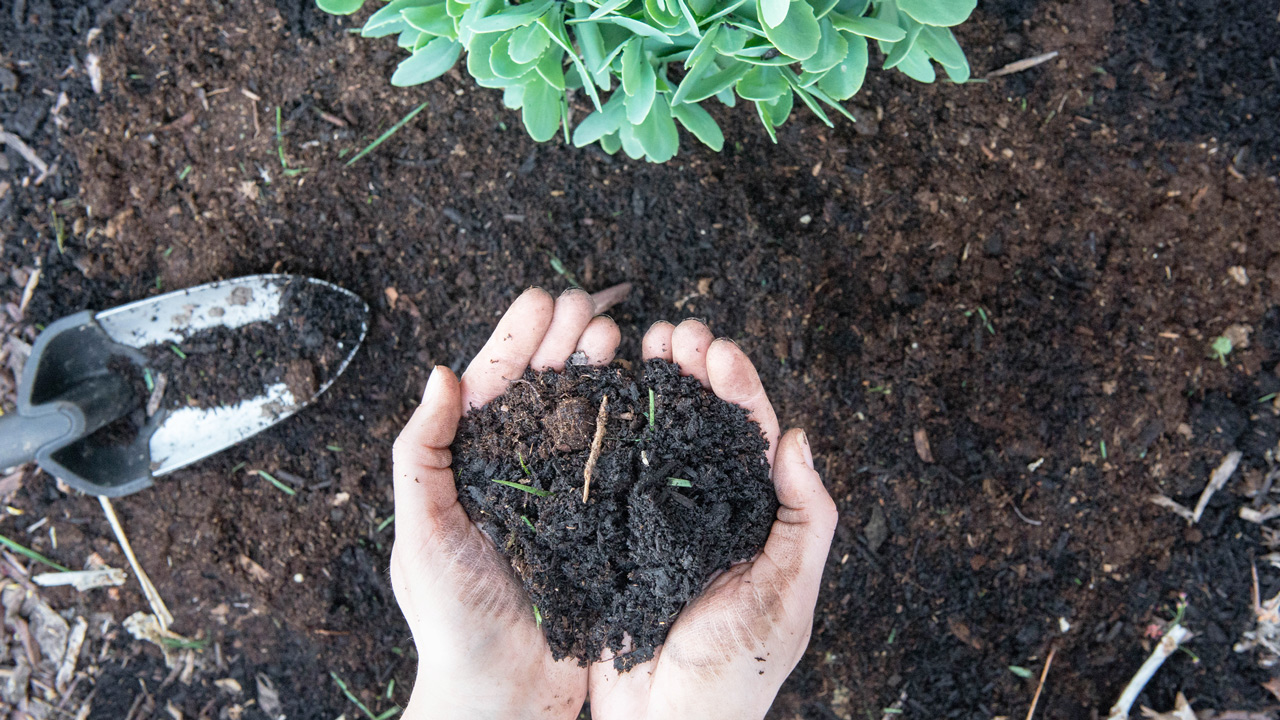
Start Building Healthy Soil
Just as important as sunlight is the need for healthy soil, and it’s never too early to build on that nutritious foundation for next spring’s garden. Once the snow clears a little, spread a layer of rich compost on your in-ground or raised-bed gardens. Depending on your preference, you can get it in bulk or by the bag. And, there’s no need to till it in just yet – the freeze-thaw cycle will help break down nutrients over time and incorporate them into the soil without any additional effort from you.
For a patio garden, you’ll want to start with a professional potting mix when it’s time to plant. For now, just make a list of the containers you plan to use and what you’ll grow in them.
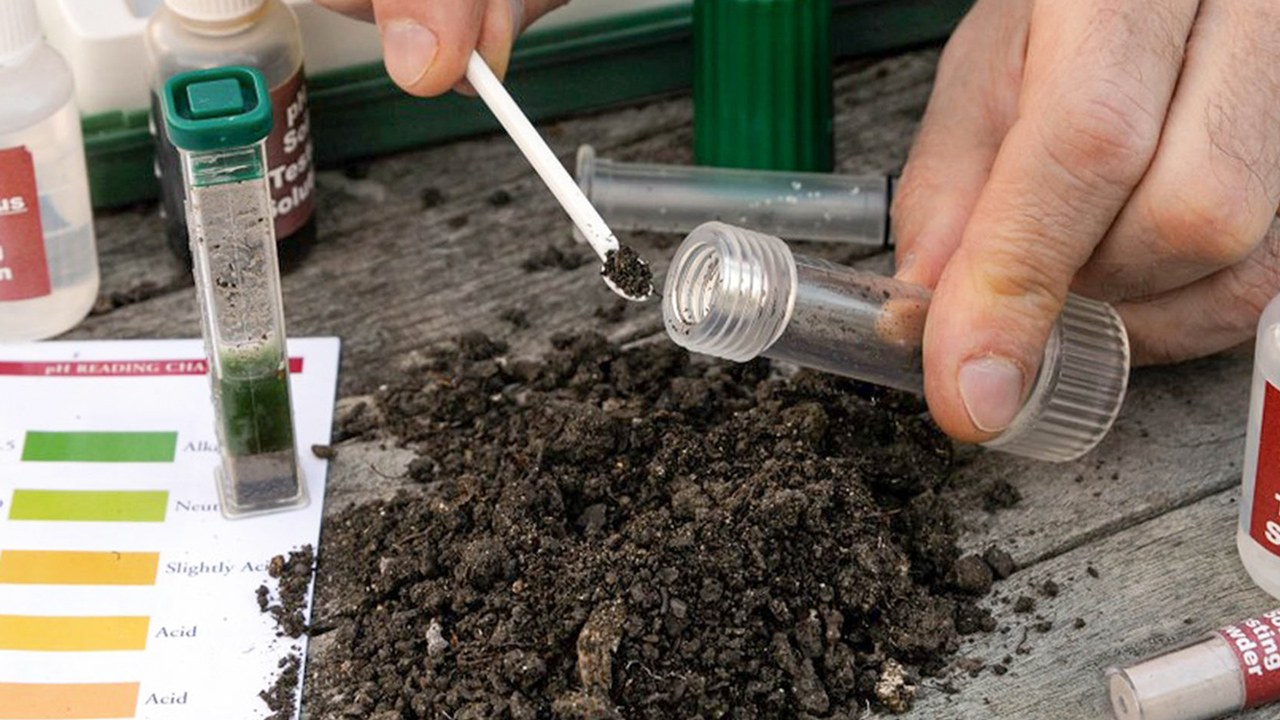
Run a Soil Test
Compost is extremely beneficial for almost any garden, but if your garden is brand new – or you have doubts about your garden from last year – it’s a good idea to use an at-home soil test before you add anything else. This will tell you the soil’s current pH level and a basic nutrient composition. Using the results of your test, our Plant Care team can help you determine if there are other soil amendments that can support the health and productivity of this year’s garden.

Line Up Your Supplies
When warm weather arrives, spring fever hits hard, and nothing is more frustrating than finding out your supplies aren’t as ready as you are. Use this winter downtime to take an inventory of garden necessities like potting soil, seeds, soil amendments, and empty containers – then jot down anything that needs replenished or replaced before planting time. Now’s a great time to clean and sharpen hand tools too. And if trellises or raised beds are in your plans, building them now makes a great mid-winter project.
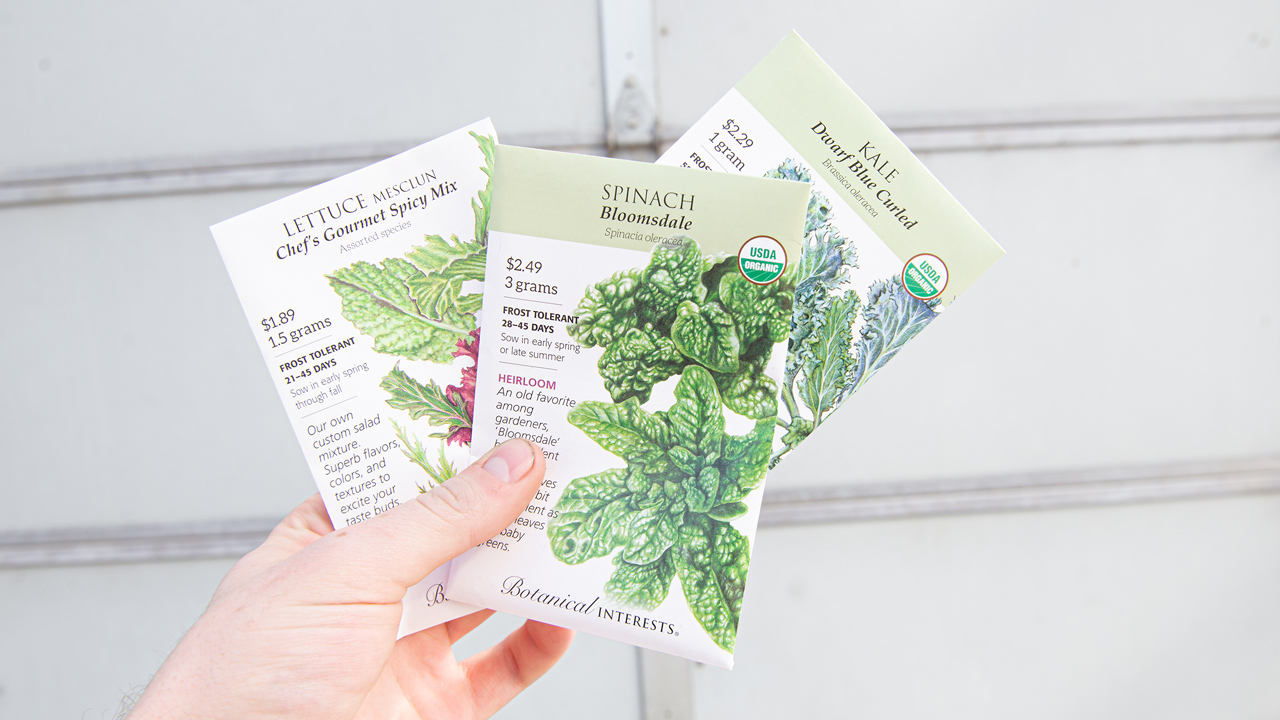
Consider Whether You’ll Grow from Seed
You might chose to start your garden from potted plants in the spring, but if you have a favorite vegetable variety or want a big garden, consider growing some things from seed. Many varieties, like Brussels sprouts, celery, and tomatoes, can be started indoors as early as 10 weeks before our last expected frost in May. If you’re interested in starting your seeds indoors, now’s the time to start noting the ideal dates for starting different varieties indoors.
What are You Waiting For?
It may not feel like it now, but spring will be here soon. And you won’t want to pass those first productive days scrambling for a plan. Need suggestions or just a warm, plant-filled atmosphere for inspiration? Come to the Greenhouse to visit with our team. We’re excited too and can’t wait to talk spring plans with you.


